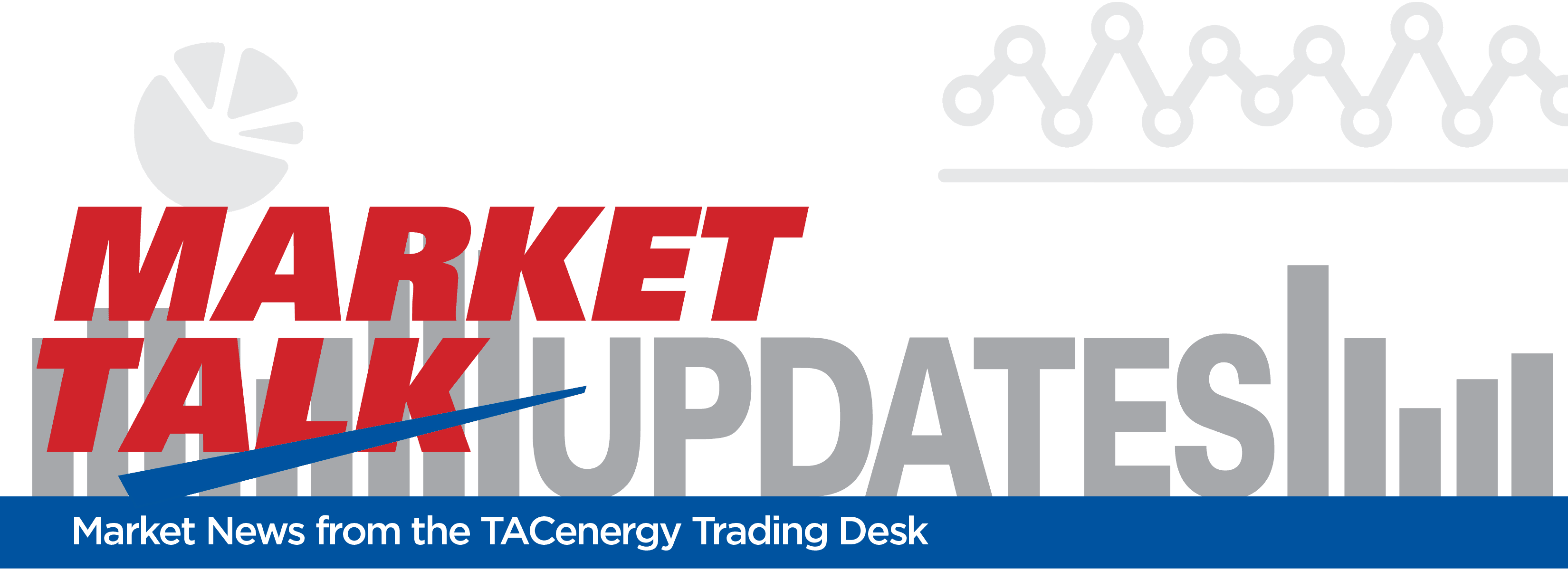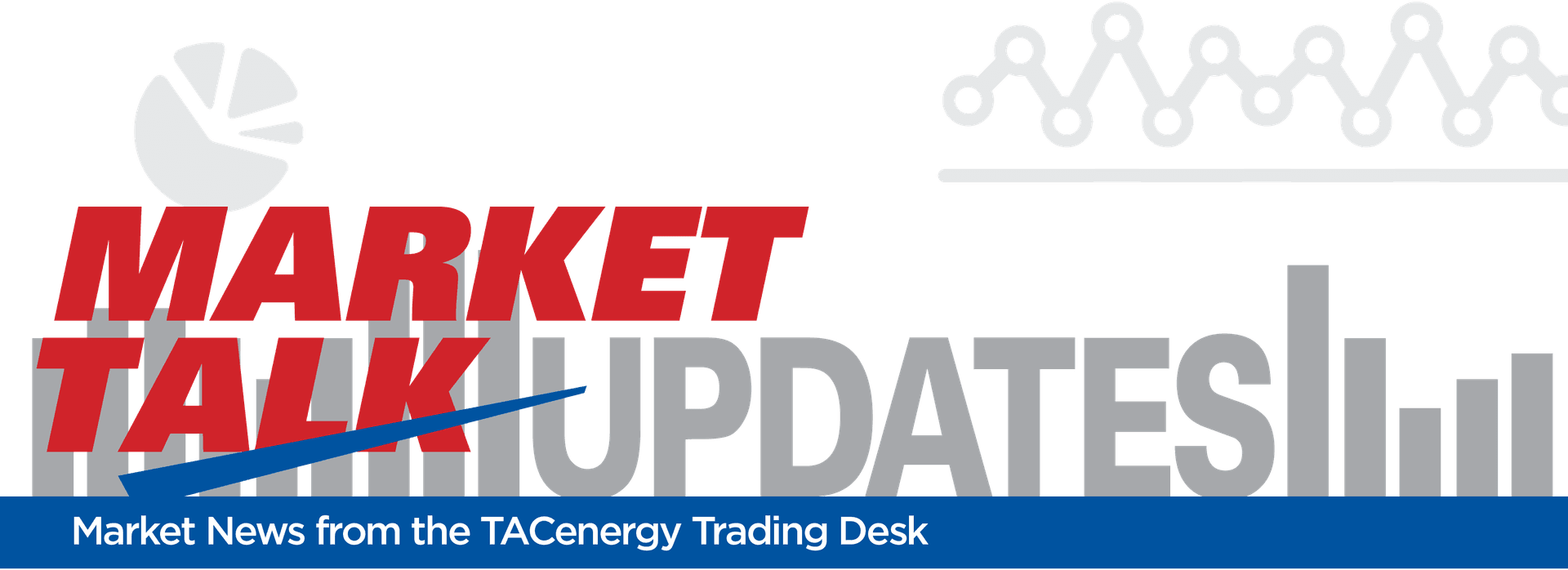Storm Risks, Fed Signals, And Refinery Issues Drive Outlook Lower

Energy markets are limping towards the weekend with small losses for refined products and small gains for crude oil after another strong showing Thursday.
RBOB and ULSD futures both reached their highest levels since the August 1st price meltdown overnight, and RBOB futures look set to close the gap in their chart left by the roll to start the months trading which would mean another 5 cents or so of gains, but they only have 5.5 more sessions to do so before the change in RVP specs drops values by around 17 cents. Diesel futures meanwhile have little resistance on the charts until they reach the $2.40 range some 7 cents above current values.
The last speech from the current FED chair at the Jackson Hole summit is the highly anticipated event of the day as markets remain very much undecided on the FED’s timeline for rate cuts, and independence. The CME’s FedWatch tool shows a 71% probability of a 25 point rate cut at the next FOMC meeting on September 17, down from 85% odds just a week ago. That speech is set to kick off at 9am central.
Chicago basis values held steady after spiking on Wednesday in the wake of BP Whiting’s 440mb/day refinery shutdown. Restart efforts at the facility after heavy rains caused flooding and a shutdown of most operating units is ongoing, and there haven’t been reports of damage to any units yet that would prevent it from reaching full rates in the near future. The company did issue a statement that they’d deployed a secondary boom in Lake Michigan to prevent the spread of any leaked hydrocarbons (beyond the amount they’re permitted to dump into the lake that is) as high winds and waves threatened the integrity of the first boom.
Cenovus had an upset at their 183mb/day Lima OH refinery Thursday. A press release said that the issue was resolved but did not provide any further detail on the cause or if it would impact production going forward.
The NHC is still tracking 4 total storm systems this morning as Erin continues to move away from the US Coast. Rough seas continue along the coast, but so far shipping delays have been minimal.
The next storm in line currently known as AL90 is now given a 90% chance of being named, and is expected to take a similar track to Erin while staying further to the east and offshore the US Coast. Newfoundland Canada is in the storm’s projected path however which could be more bad news for the Renewable Diesel facility in Come By Chance that was idled earlier this year after losing their US subsidies.
The third system known as AL99 is now given a 50/50 shot of being named, and looks like it is heading for the Venezuelan coast line so should not be a threat to any US interests, although the longer range forecasts are still very uncertain on its path.
The 4th storm in the north Atlantic had its odds of development reduced to 0% this morning and will be a non-issue.
A research study by the Dallas FED yesterday took a look at the inflation impacts of the short lived war with Iran, and theoretical impacts if the various conflicts in the Middle East flare up again.
The latest is a long string of frauds taking advantage of made up credit programs: A California CEO pled guilty Thursday to a $248 million fraud that included, among many other lies, a fake tree-planting campaign to produce carbon offset credits that helped dupe investors.
Latest Posts
Oil Edges Up, Gas Plunges: A Turbulent Start To The Week
Oil and Gas Futures Hold Firm Amid Venezuela Turmoil and Global Supply Shifts
Oil Starts 2026 in the Red Amid Weak Demand And Heavy Refining Output
Week 52 - US DOE Inventory Recap
A Volatile Year Wraps: Weak Oil Prices, Rising Stocks, and Policy Uncertainty
Energy Markets Rally As Global Flashpoints Multiply
Social Media
News & Views
View All
Oil Edges Up, Gas Plunges: A Turbulent Start To The Week

Oil and Gas Futures Hold Firm Amid Venezuela Turmoil and Global Supply Shifts










